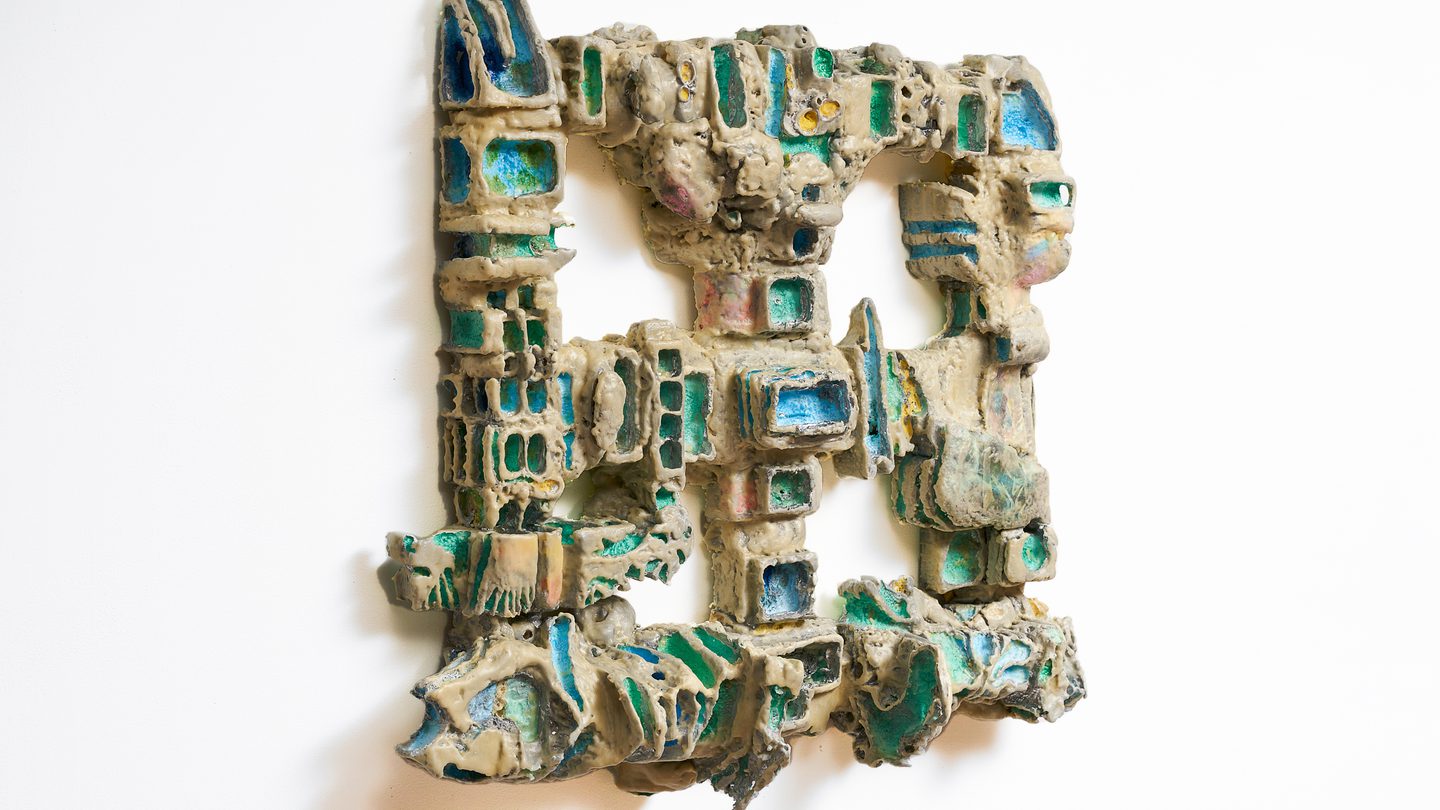
There’s a lot to learn and do on Columbus College of Art & Design’s campus. But the opportunities don’t stop there—CCAD offers support (including scholarship funds) for students to attend off-campus experiential learning programs.
CCAD support provides artistic growth & unique experiences
In advance of their senior year, two CCAD students—James Flowers (Fine Arts, 2024) and Chloe Cao (Fine Arts, 2024)—were selected to participate in well-respected art programs. Flowers attended the Yale Norfolk School of Art and Cao attended the Penland School of Craft. Both programs, held during the summer, are fully funded by CCAD and program-specific scholarships.
“We are proud of our Fine Arts students who are chosen for these very competitive opportunities,” says Professor and Associate Dean of Visual Arts Kelly Malec-Kosak. “These experiential learning programs allow students to grow technical skills, build their ideas, and forge new professional networks.”
Extracurricular learning benefits students’ art making
Professor and Fine Arts Chair Julie Abijanac says both Yale Norfolk and Penland complement students’ learning at CCAD and make a major impact on students’ creative practices. “They offer an immersive, hands-on educational experience that equips students with new skills, techniques, and creative methods,” she says. “The learning experience at these programs inspires students to develop a deeper understanding of their craft and encourages them to push their limits. Students learn to approach their work with curiosity, openness, and a willingness to explore new ideas.”
Both Penland and Yale Norfolk, says Abijanac, “provide a supportive environment where students can experiment, take risks, and learn from their failures, allowing students to develop a more personal and intuitive approach to their work.
Plus, she says, by learning from experienced instructors and collaborating with peers beyond the CCAD community, students gain new perspectives that push them to broaden their artistic horizons.
“Ultimately, this learning experience enables students to produce more meaningful, impactful, and authentic work that resonates with their audience,” Abijanac says.
CCAD at Yale Norfolk School of Art
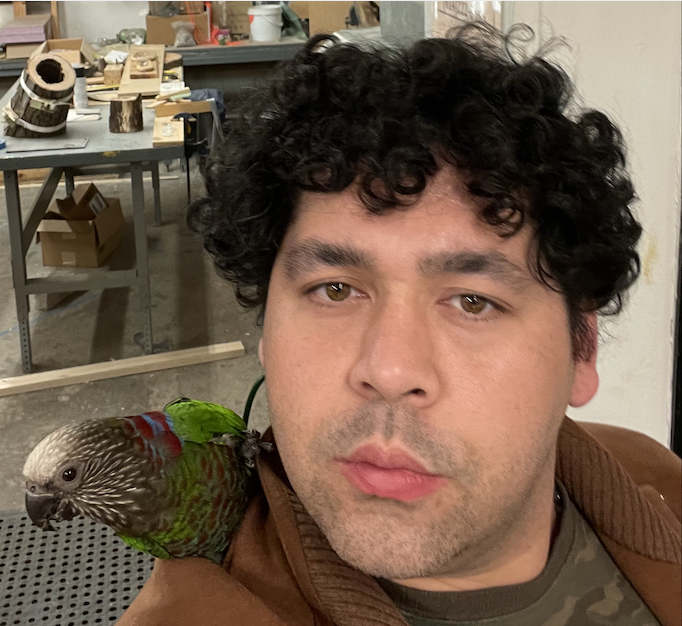
There is an impressive tradition of artist learning and training at Yale Norfolk, which is part of Yale University.
Yale Norfolk’s roster of notable alumni includes such contemporary art-world luminaries as Eva Hesse, Sheila Hicks, Robert Mangold, Brice Marden, Vija Celmins, Sarah Oppenheimer, Sarah Sze, and Mickalene Thomas.
“Being accepted into this prestigious program has definitely validated all the work I put into preparing for it. I honestly didn't think I would make it in, and almost considered not even submitting the application,” James Flowers says. “I guess in the end, I learned not to doubt myself and to always put my full effort into the things I am passionate about without expecting a particular outcome.”
Yale Norfolk provides creative energy & artistic inspiration
At Yale Norfolk, Flowers experienced instruction on non-traditional drawing methods, sculpture, performance art, alternative photography/videography, and critical theory.
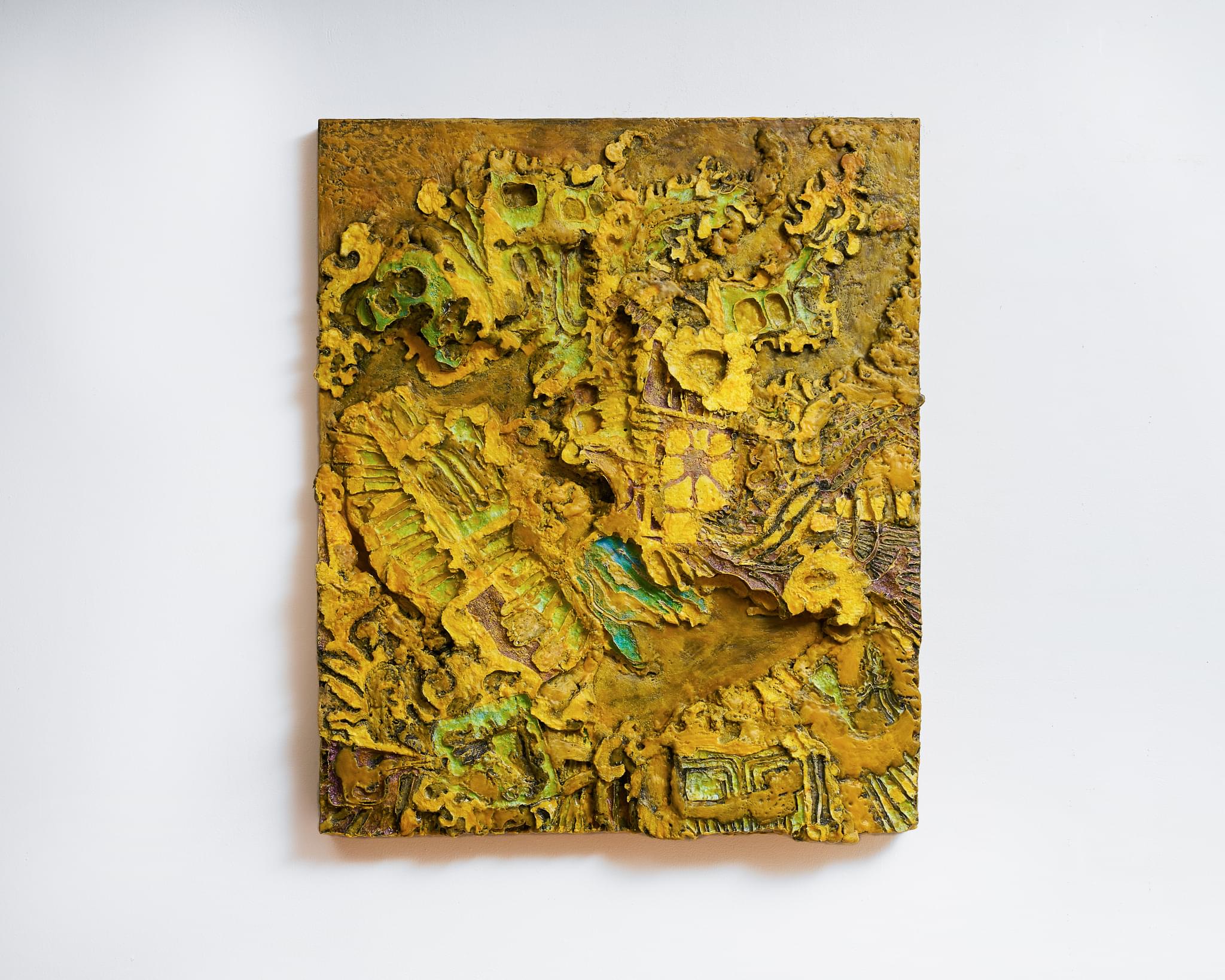
“The assignments were exciting and exploratory—from creating TikToks, experimental Zoom meetings and photo shoots, studying short films and watching ’90s and ’00s music videos, writing performance pieces, to reading and discussing many texts, building collaborative sculptures and making huge inflatable cities, writing recipes for art and putting them to use, washing charcoal rubbings in the creek, to making outdoor land drawings with yarn, and so much more,” says Flowers.
And Flowers enjoyed the opportunity to live and create among other artists for six weeks. “The diversity of personalities, backgrounds, and work was very impressive. Distinguished faculty and fellow residents working side by side as equals was really great,” he says. “Everyone’s work was incredible, and everyone was so dedicated to their practice, it was very inspiring to be around that level of intensity and passion. The amount of creative energy on the estate was absolutely absurd. You could really feel it radiating.”
Flowers recalls seeing herds of deer, porcupines, beavers, spiders, and moths at Yale Norfolk—and he even had a close encounter with a pair of black bears. Time there moved differently. “Seemingly, time just completely stopped … and nothing else mattered but what went on at the campus,” says Flowers.
“Hearing the scratches of brushstrokes and hammering and just the sounds of production in general, deep into the morning, was something that really made this experience special. I watched plenty of sunrises and heard many orchestras of morning birdsong, while reflecting on the fruits of the evening,” he says.
Developing creative thinking outside of the studio
The Yale Norfolk experience left Flowers with a greater understanding of how to best support his creative practice. Before attending the program, he spent 40+ hours in the studio every week—at minimum. These days, he’s developed an understanding of how his creative thinking can thrive wherever he is.
“I've come to believe that each environment, each workspace, is often a fleeting moment, and instead of getting attached to one particular space, I could instead take the opportunity to reflect upon what the space has to offer to my practice at that moment in time,” he says.
Flowers credits his Fine Arts professors and instructors with providing the emotional and technical support to make his experience at Yale Norfolk a success.
The Fine Arts faculty “helped me bring my visions into realization and allowed me the freedom and space needed to develop my practice. Without their encouragement, I would have not made it into this program,” Flowers says.
Fine arts program is ‘transformative’ experience
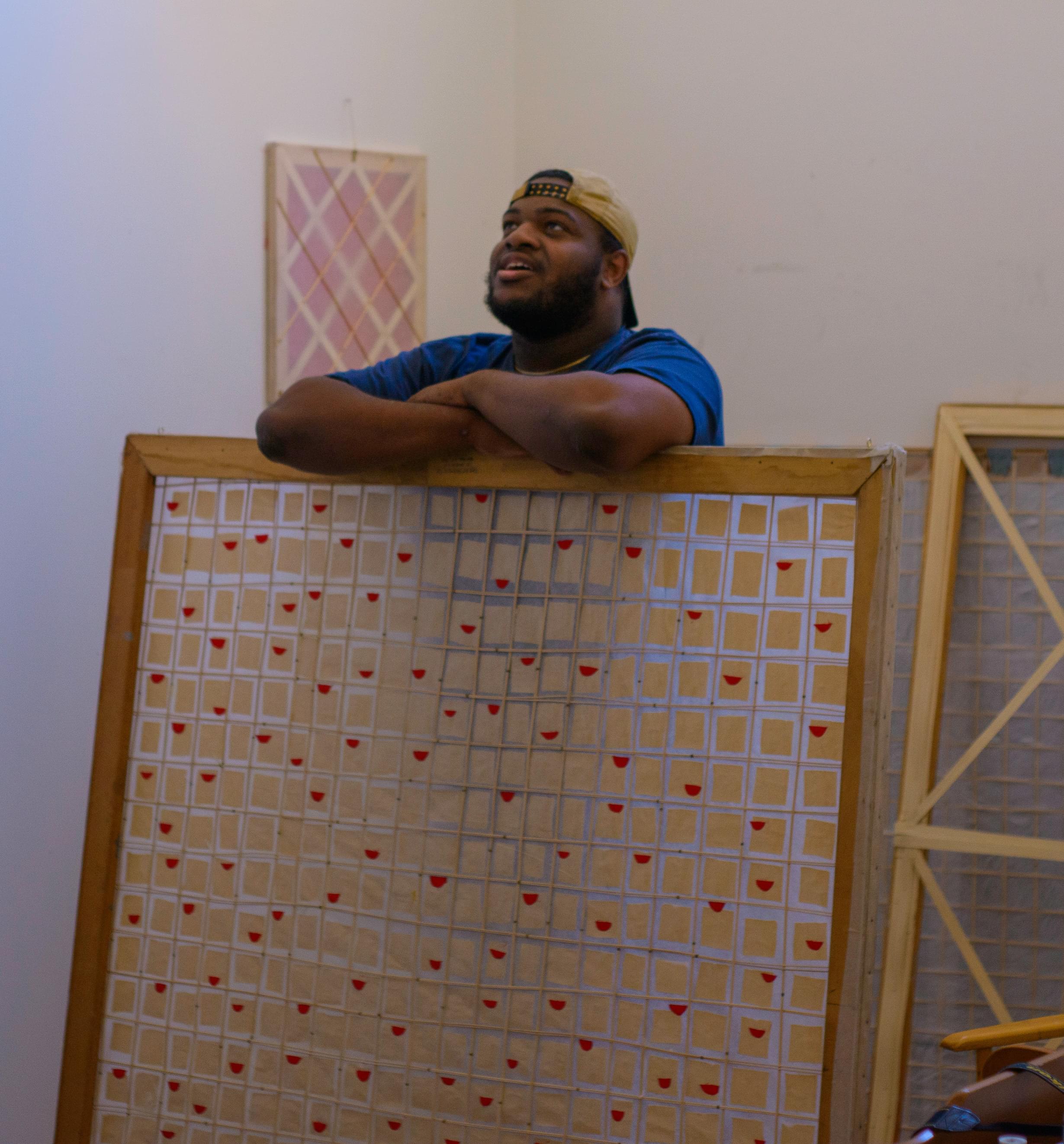
This year marks the second year running for a CCAD student to be accepted into Yale Norfolk; in 2022, Raphael Hayes (Fine Arts, 2023) was selected for the program. Hayes says the work he did at Yale Norfolk contributed to his CCAD thesis work. “The time that I spent there gave me the space and attention to develop, and to see what was in front of my eyes that I was never looking at,” he says.
The experience, Hayes says, was transformative. “One of the most unexpected parts of my time in Connecticut was the way that Jesus revealed himself to me. … This changed every part of my creative practice, the way I see art, life, material, myself, my peers. There was no part of me left unchanged, and now my practice is just a time that I get to spend with him while he shows me the height, length, and depth of his love.”
And, just as Yale Norfolk helped prepare Hayes for his final work as a CCAD senior, CCAD readied him for his time at Yale Norfolk.
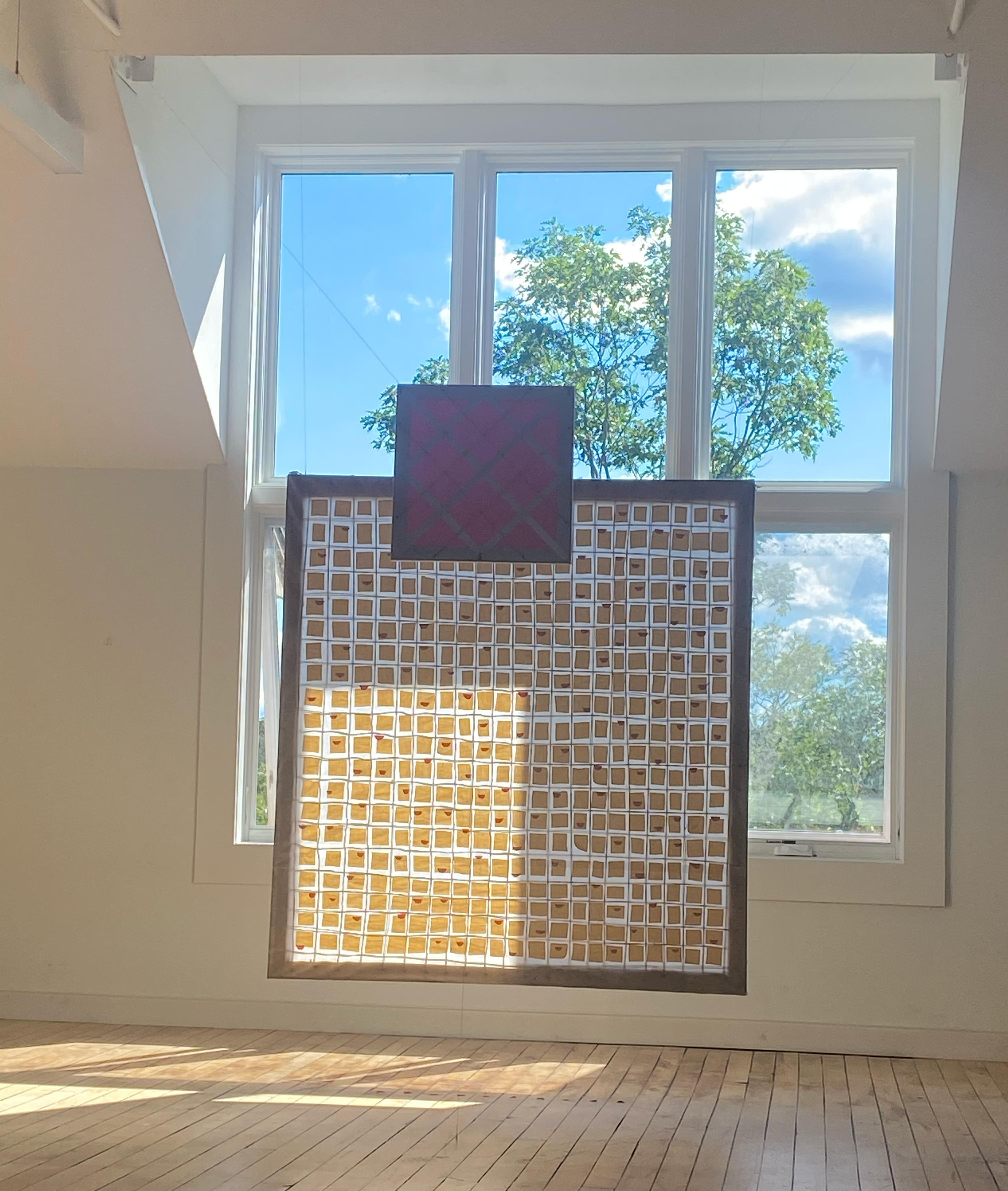
CCAD prepared him to succeed
“In more ways than I can count, the time I've spent here helped teach me how to push, how to want to do well, how to work in a high-pressure environment,” Hayes says. “My time at CCAD helped prepare me to see what the other side was like, almost like getting to the top of a roller coaster,” he continues. “This residency was where the coaster began to fall—and when a roller coaster is falling, that's the most fun part.”
CCAD at Penland School of Craft
Chloe Cao headed to Penland to study clay—specifically, how form and surface design can affect how food is perceived. The weeklong workshop was led by potter Lindsay Rogers, Associate Professor of Ceramics at East Tennessee State University, and included decorative techniques, including texture and resist processes using paper, tape, vinyl, and wax.
Cao says she selected the course because it provided her with the opportunity to work in ceramics for the first time. “Being interested in sculpture and painting, I wanted to explore art creation in different mediums and integrate these into my own work. The workshop included daily demonstrations by the professor, showing us her techniques and tricks, followed by our own creation time with her guidance,” she says.
“Interestingly,” says Cao, “my sculpting experience allowed me to combine bowl-making techniques with free clay modeling, creating unique sculptures in my own style. They were abstract and irregular, which I really enjoyed.”
Discovering a ‘haven’ for artists
And Penland itself felt like a “pure artistic haven,” she recalls. She was surrounded by nature, and, like Flowers, felt like time stood still during her stay. She slept in a small cabin with a fan—no air conditioning. And, with access to only a slow internet connection, she shifted her focus to reading, creating, and connecting.
“As a Gen Z who grew up in a bustling city, this opportunity to leave the noise and immerse myself in a completely different environment to purely engage in an activity was invaluable. I almost forgot how to communicate without a phone or the internet, fearing to miss out on information. But in reality, it was relaxing and fostered communication with others,” says Cao.
“One evening, I had a profound conversation with a lady who had first attended a course here a decade ago, before her daughter was born and before she was married. Returning after so many years, she found a place where time seemed to have stopped, where she could reconnect with her past self. This deeply moved me,” she says.
Art scholarships unlock possibilities
Cao received the Penland Partners Scholarship, which is funded equally by Penland and CCAD. “We are delighted Chloe had the opportunity to work with some of the finest craftspeople in the country, and in the intensive and inclusive environment Penland is known for,” says Malec-Kosak.
Cao, who is from Shenzhen, China, says the scholarship support for her Penland experience was “crucial.”
“Without it, I would never have thought of having such an experience,” she continues. “As an international student, I am not fully familiar with the culture of every state in the U.S. This opportunity allowed me to explore a new environment and its lifestyle. It also showed me the many possibilities in my artistic creation.”
“My time at CCAD was vital in this experience,” says Cao. “The past three years at school helped me explore my passions, understand materials and mediums, and thus choose a specific direction at Penland to broaden my knowledge.”
Learn more about the Fine Arts program at CCAD or apply here.
